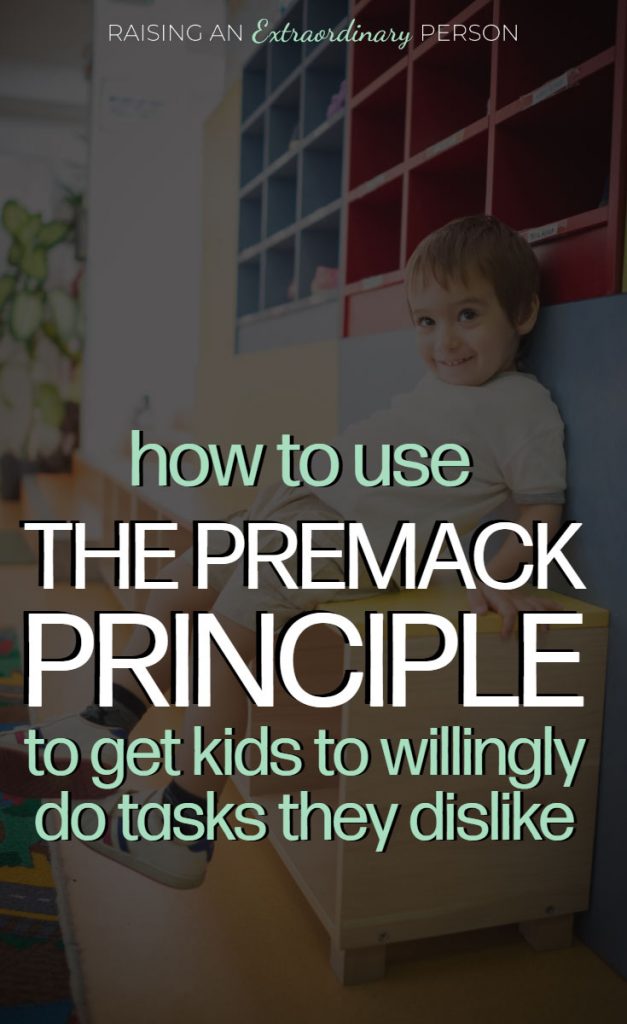The Premack Principle
You’ve probably heard about The Premack Principle before, only it was probably described to you as “first-then statements”. What it is and how the Premack Principle works is an interesting concept.
The Premack Principle
This is a 13 part series. Each post in the series will explain an evidence-based strategy used by professionals for managing behavior with children on the autism spectrum. Each part of this series will contain a table of contents so you can easily navigate to the different strategies.
Table of Contents
- Introduction
- Build a Relationship
- Individualize Motivation
- Observe, Listen, then Join
- Optimize Language
- The Premack Principal
- Basic Redirect
- Breaks
- Picture Rehearsal
- Add Structure at Home
- Teach Independence with Prompting
- Transactional Supports
- Add Structure to the Learning Environment
What is the Premack Principle?
The Premack Principle, AKA Grandma’s Law, AKA the first-then statement is a behavior intervention used in ABA therapy. It works very well when properly implemented. The key is finding a reinforcer valuable enough to evoke the desired behavior. (Refer to strategy 2, motivation)
Created by psychologist David Premack, the Premack principle is that “high-probability behaviors (those performed frequently under conditions of free choice) can be used to reinforce low-probability behaviors.”
In other words, you can get your child to do something they don’t like doing, by offering them something they love doing once they’ve finished.
How To Use It
It’s easy to use, basically, all you need is a motivator that’s enticing enough to make your child do the demand that they don’t want to do.
Then structure the sentence in a first-then format. Although it’s used in ABA therapy, anyone can apply this technique to increase the likelihood of a behavior or demand to occur.
Example:
Some best practices to keep in mind when using first-then statements:
It’s a Contingency Agreement
Receiving the reward, the “then”, is contingent upon your child completing the “first” demand.
So if your child refuses to do the three questions on their homework – they don’t get 5 minutes on the iPad. The child is given the power to earn or lose the reinforcer, and they are able to make a choice.
If they verbally protest, for example whining, crying, saying “no!” but they are still doing what was asked, remember that actions speak louder than words. If the task is completed, reward your child.
The Power of Positive Language
Many parents and even professionals get in the habit of using negative language. They start by giving demands, then the child resists, and the parent or professional reminds the child what they will lose.
This is a common error many people make. It usually escalates into an argument or a power struggle, like this:
Parent: Go do your homework.
Child: No!
Parent: If you don’t do your homework, then you can’t use the
This kind of exchange makes the child focus on what they’re going to lose, and the activity they don’t want to do. It causes frustration which may lead your child to behave in a noncompliant manner or even become aggressive.
Instead of using this type of negative language, the Premack principle works by focusing on what the child will gain by doing what’s expected.
First-Then Visual Board
A visual board for first-then statements can be used to reinforce what is expected and what will happen next.

You can download a great first-then visual to print, with some samples to get you started from HANDS in Autism.
Continue to: Strategy 6 – The Basic Redirect


